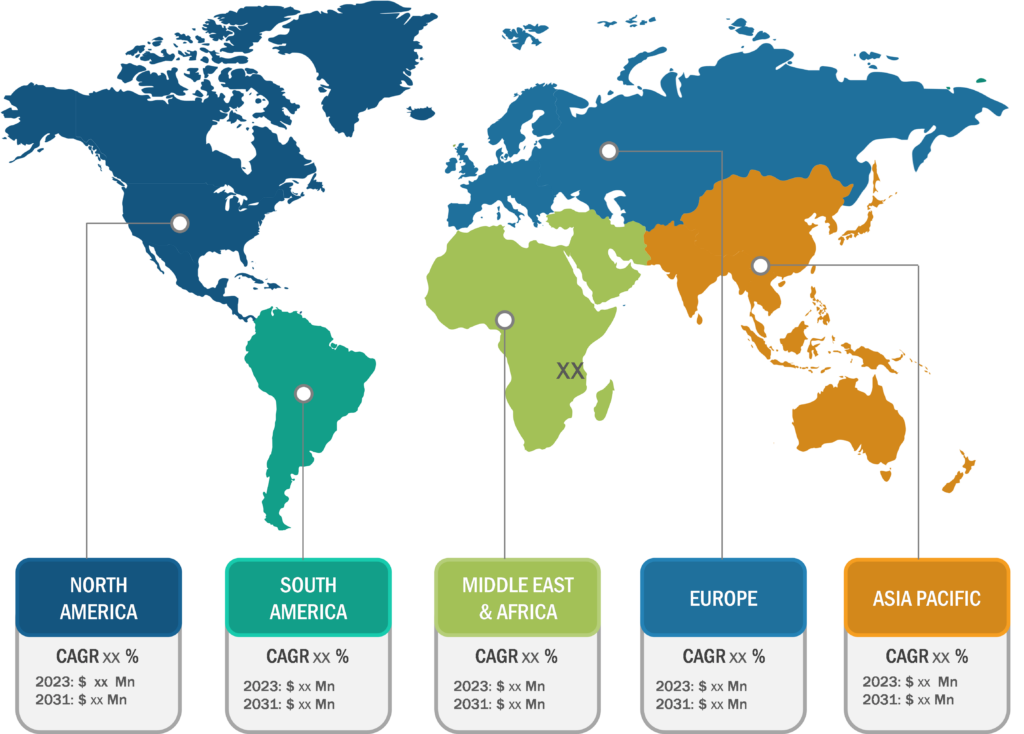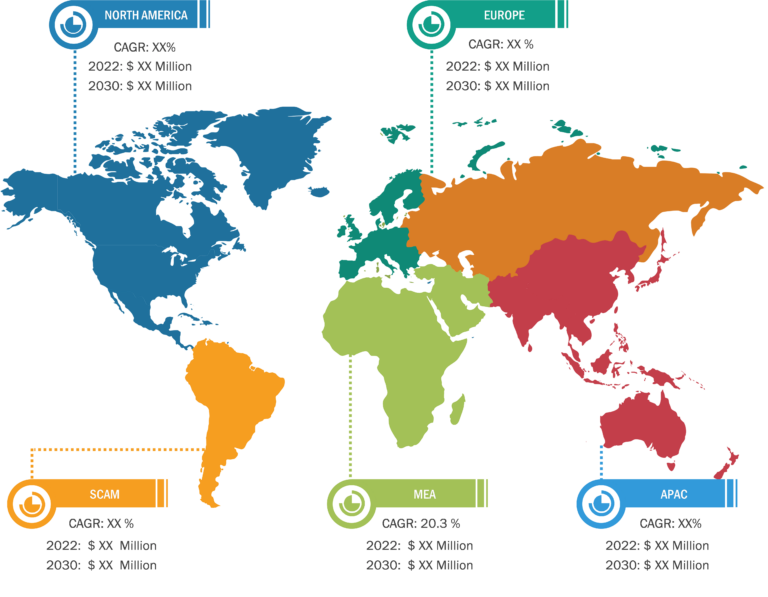
Poultry Vaccines Market
Rising Prevalence of Poultry Diseases
Poultry production results in producing different types of animal proteins through eggs and meat. With rising poultry production, there are high chances of susceptibility to several zoonotic diseases such as “Fowl disease” that might result in huge economic losses, particularly in developing countries. For example, chickens are more prone to bacterial, viral, parasitic, and fungal infections. These viral outbreaks can cause Newcastle disease, avian influenza, infectious bursal disease, and other diseases to a wide range of poultry animals.
The table below provides disease outbreaks of avian influenza among mammals across several countries in 2022.
| Cases of Avian Influenza in Mammals | ||
| Country | Poultry Diseases | Disease Outbreak (2022) |
| Argentina | H5 | 18 |
| Chile | 34 | |
| Norway | 2 | |
| Uruguay | 3 | |
| Peru | 12 | |
| Brazil | H5N1 | 5 |
| Canada | 40 | |
| China | 1 | |
| Estonia | 1 | |
| Finland | 76 | |
| France | 2 | |
| Ireland | 2 | |
| Italy | 3 | |
| Japan | 4 | |
| Russia | 1 | |
| Canada | H5N5 | 2 |
| Denmark | H5N8 | 1 |
Source: World Organization for Animal Health 2023
Poultry diseases are a major cause of death of chicks and also lead to reduced livestock. Farmers are facing huge economic losses worldwide as they spread zoonotic diseases, posing a serious health risk to mammals. For example, poultry coccidiosis is one of the most common diseases across the globe; it leads to huge losses associated with mortality, reduced body weight, and extra expenses related to preventive and therapeutic control. As per the DSM company website, farmers face an economic loss of US$ 3 billion annually owing to coccidiosis in chickens and avian species worldwide. Newcastle disease is also considered an economically expensive disease causing huge production losses to the farmers of developing countries that export poultry products. The International Journal of Current Microbiology and Applied Sciences (IJCMAS) report published in October 2021 reveals that total losses due to Newcastle disease mortality and total expenditure on live birds in all the 25 commercial broiler farms ranged between INR 17,864 (US$ 214.0) to INR 2,66,080 (US$ 3,188.89) and INR 2,78,393 (US$ 3,336.46) to INR 17,86,745 (US$ 21,413.6), respectively. Also, the selling income of live birds from individual farms ranged from INR 1,60,255 (US$ 1,920.61) to INR 12,46,314 (US$ 14,936.7) due to infection.
Therefore, the rising prevalence of poultry diseases resulting in huge economic losses boosts the demand for poultry vaccinations, which drives the poultry vaccines market.

Poultry Vaccines Market Trends
Advancements in Vectored and Combination Vaccines
Vectored vaccines work differently from conventional vaccines and offer several advantages. These advantages include no adverse effects/reactions, overcoming maternal antibody interference, and meeting evolving disease challenges, among others. The “Vaxxitek HVT+IBD+ND” is an example of a vector vaccine manufactured by Boehringer Ingelheim and was launched in the US market in 2019. It is a trivalent vaccine and is effective against three diseases: Marek’s Disease (MD), Infectious Bursal Disease (IBD), and Newcastle disease (ND). Additionally, in 2020, a second trivalent form, “Vaxxitek HVT+IBD+ILT,” received marketing authorization in the US to protect against MD, IBD, and Infectious Laryngotracheitis (ILT). These are all highly infectious and commercially disruptive diseases that affect the poultry industry worldwide, and Vaxxitek proves beneficial in overcoming such diseases in one shot. Other manufacturers except Boehringer Ingelheim producing such bivalent and trivalent vaccines will enhance global demand. Also, major manufacturers plan to procure pentavalent vaccines that will prove beneficial to overcome poultry diseases and help them stand out in the global market. Thus, the advancements in vectored and combination vaccine production act as a new trend that is likely to boost the poultry vaccines market growth in the coming years.
Poultry Vaccines Market: Geographic Overview
The poultry vaccines market, by geography, is segmented North America (US, Canada, and Mexico), Europe (Spain, UK, Germany, France, Italy, and Rest of Europe), Asia Pacific (South Korea, China, India, Japan, Australia, and Rest of Asia Pacific), Middle East & Africa (South Africa, Saudi Arabia, UAE, and Rest of Middle East & Africa), and South & Central America (Brazil, Argentina, and Rest of South & Central America). In 2023, Asia Pacific held the largest poultry vaccines market share. China is the largest contributor to the market share in Asia Pacific. China is witnessing rapid economic growth and urbanization. China has one of the major healthcare systems in the region. The market growth in the country can be accredited to the growing demand for poultry meat, the increasing consumption of animal-derived food products, the growing livestock population, increasing awareness about animal health, and the rising frequency of poultry disease outbreaks in China.
The Government of China has adopted new strategies to deal with the challenges of these diseases, including the establishment of disease reporting systems, issuing of laws and regulations, implementation of special projects for main infectious diseases, foreign disease surveillance, and health education. Further, several giant players in China operating in the market are taking initiatives such as expansion, mergers & acquisitions, and new product launches. For instance, in March 2021, Zoetis Inc. expanded its Animal Vaccine Research and Manufacturing facility in Suzhou, China. This new facility will focus on the development and production of quality vaccines for companion animals that help to protect against the strains of diseases prevalent in China. Similarly, multinational businesses such as MSD and Boehringer Ingelheim have made inroads into the Chinese market through joint ventures, acquisitions, and sole proprietaries, owing to the broad potential of the animal vaccine sector in the country. Therefore, favorable government initiatives to promote vaccination among the population of China are the key factor influencing the poultry vaccines market growth.
India accounts for the second largest market share in Asia Pacific. The increasing need for safe food supplies and the prevention of zoonotic infections is driving the growth of the poultry vaccine market in the country. HIPRA INDIA organized the Hatchery Solutions event on May 9, 2023, at the Hotel Jaypee Palace in Agra to launch Evant and Gumbohatch. Evant is a live vaccine against coccidiosis in broilers, and Gumbohatch is an immune complex vaccine against infectious bursal disease. In addition, in May 2021, Boehringer Ingelheim India, a biopharmaceutical firm, launched its single-shot poultry vaccine ”VAXXITEK HVT+IBD” in India. The VAXXITEK HVT+IBD vaccine protects against two major immunosuppressive diseases—Infectious Bursal Disease and Marek’s Disease—both of which caused significant losses to poultry businesses.
Poultry Vaccines Market, by Type:
Based on type, the poultry vaccines market is divided into broiler and layer. The broiler subsegment held a larger poultry vaccines market share in 2023 and is anticipated to register the highest CAGR of 9.0% during the forecast period.
Poultry Vaccines Market, by Technology:
By technology, the poultry vaccines market is segmented into live attenuated vaccines, inactivated vaccines, and recombinant vaccines. The live attenuated vaccines segment held the largest poultry vaccines market share in 2023. However, the recombinant vaccines segment is anticipated to register the highest CAGR of 9.1% during the forecast period.
Poultry Vaccines Market, by Dosage Form:
By dosage form, the poultry vaccines market is segmented into liquid vaccines, freeze-dried vaccines, and dust/powder form vaccines. The liquid vaccines segment held the largest poultry vaccines market share in 2023. The same segment is anticipated to register the highest CAGR of 9.0% during the forecast period.
Poultry Vaccines Market, by Disease:
By disease, the poultry vaccines market is segmented into avian influenza, avian salmonellosis, Marek’s disease, infectious bronchitis, infectious bursal disease (IBD), Newcastle disease, and others. The avian influenza segment held the largest poultry vaccines market share in 2023. However, the avian salmonellosis segment is anticipated to register the highest CAGR of 9.3% during the forecast period.
Poultry Vaccines Market, by Route of Administration:
By route of administration, the poultry vaccines market is segmented into drinking water (D/W), intramuscular (I/M), subcutaneous (S/C), and others. The drinking water (D/W) segment held the largest poultry vaccines market share in 2023 and the same segment is anticipated to register the highest CAGR of 9.2% during the forecast period.
Poultry Vaccines Market: Competitive Landscape and Key Developments
The poultry vaccines market analysis is carried out by identifying and evaluating key players in the market across different regions. Boehringer Ingelheim International GmbH, Zoetis Inc, BIOVAC, Phibro Animal Health, Hester Biosciences Ltd, Venky’s (India) Ltd, Dechra Pharmaceuticals PLC, Elanco Animal Health Inc, Merck KgaA, Ceva, Nisseiken Co Ltd, and Vaccinova AB are among the prominent players profiled in the poultry vaccines market report. These companies focus on introducing new technologies, upgrading existing products, and undertaking geographic expansions to address the globally increasing consumer demand.







